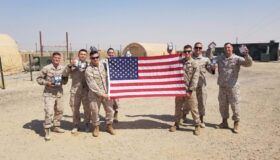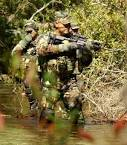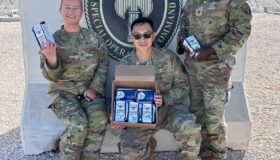Duty Still Calls: The Role of U.S. Service Members in Peacetime
July 14, 2025
Service Members in peacetime—what do they do? It’s a valid question.
When we think of our troops, we often picture them in full combat gear, patrolling the dusty streets of a war-torn Iraq or Afghanistan. We envision intimidating Hummer convoys snaking their way through the vast desert terrain. We also visualize endless rows of army green tents staked in sand, isolated in the middle of nowhere.
It’s no surprise we associate this kind of imagery with our military. In the not-too-distant past, this was a reality for our brave men and women in uniform.
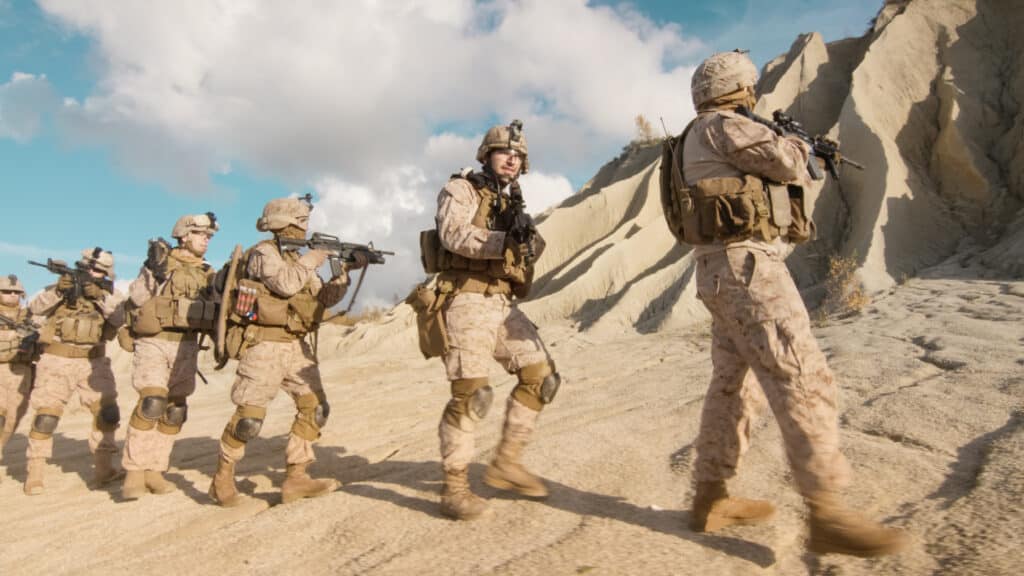
Operation Enduring Freedom (OEF) and Operation Iraqi Freedom (OIF) immediately come to mind. Approximately 2.7 million U.S. Service Members participated in these two major U.S. military operations, which shaped our foreign policy and military strategy in the early 21st century.
No Front Lines, No Headlines—Still Serving
For two decades, we saw OEF/OIF deployed Service Members on the news, and we saw them depicted in Hollywood movies. They patrolled hostile terrain in the blazing desert heat. They carried weapons, helmets strapped tight. We bore witness to their weathered and weary faces. We knew where they were, and we knew they were in danger.
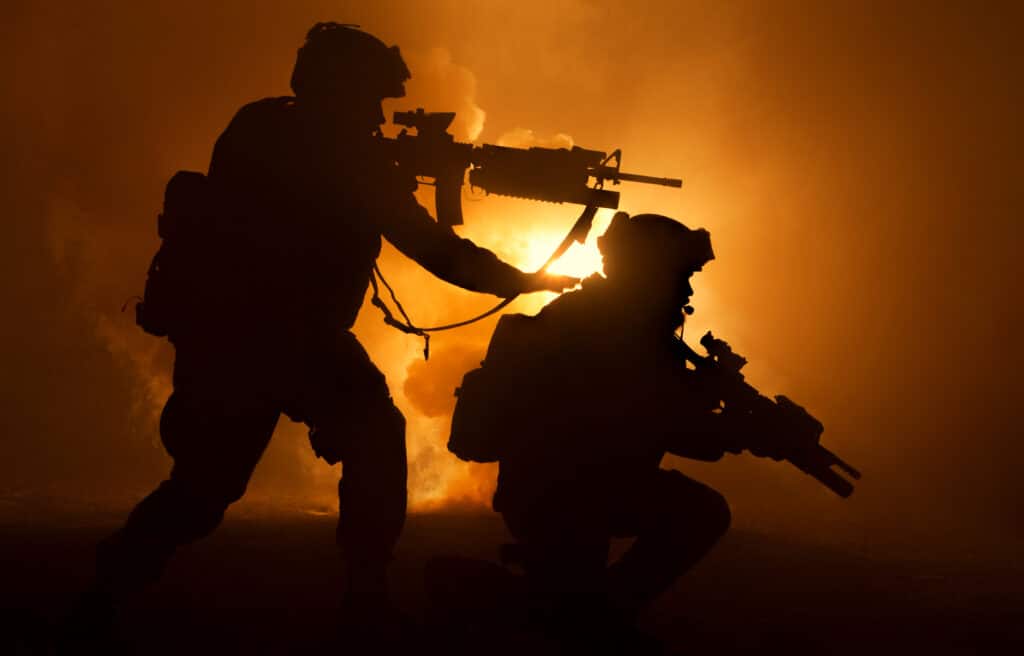
However, the U.S. officially withdrew from Afghanistan on August 30, 2021, marking the end of 20 years of military presence.
Furthermore, according to the Naval History and Heritage Command, the U.S. completed its withdrawal from Iraq more than a decade earlier on December 15, 2011. This officially ended Operation Iraqi Freedom.
The war in the Middle East may be officially over, but conflict in the area continues. And, peacetime doesn’t mark the end of a Service Member’s duty—it simply changes the terrain.
So, what do we think of when we think about Service Members in peacetime?
The War Is Over. The Mission Continues.
The conclusion of OEF and OIF ended our involvement in large-scale combat deployments—at least, for the time being. Nevertheless, it did not signal the end of U.S. military service overseas, although the mission may look different.
Today, thousands of U.S. troops are deployed to dangerous regions where strategic defense, peacekeeping, and counterterrorism efforts are essential.
For example, from Eastern Europe to the Indo-Pacific to the Middle East, deployed Service Members play critical roles in deterring aggression, supporting allies, and responding to evolving security threats. Today’s operations often center around presence, partnership, and prevention. These strategic efforts help the U.S. sustain global balance, which often helps prevent conflicts from ever breaking out.
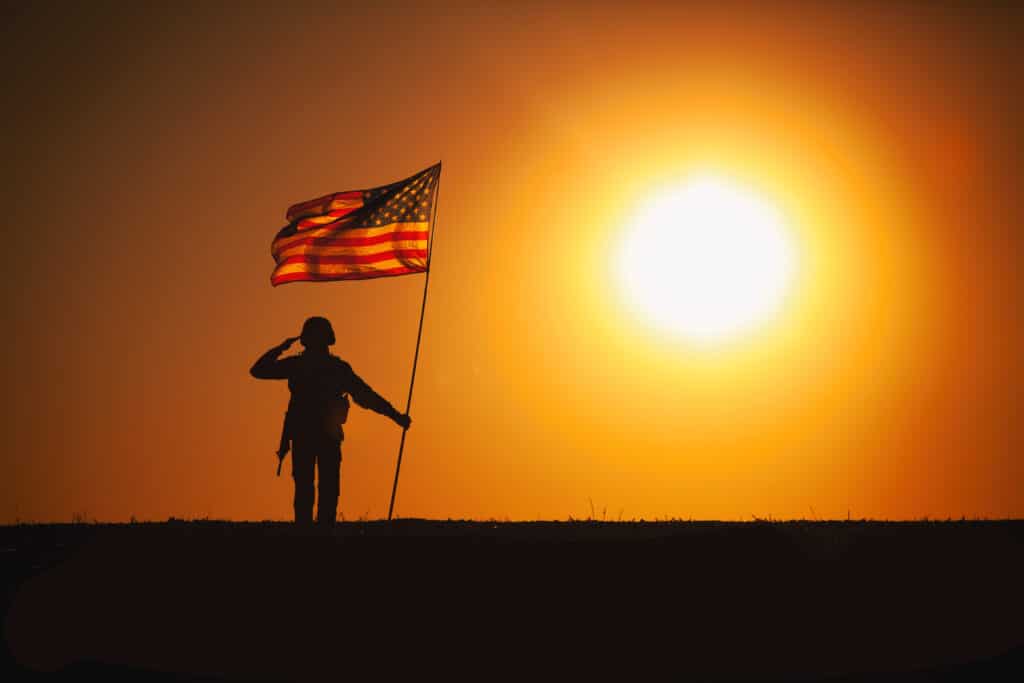
Military service today also involves serving in advisory roles, leading joint training exercises, offering humanitarian aid, and participating in crisis response operations. This shift prompts us to reevaluate what “deployment” means in today’s post-war landscape.
For instance, many ask, “What are Service Members doing now that we are not at war?” Furthermore—when Soldiers’ Angels says we support deployed Service Members, who are we talking about? Also, when we send care packages, where are they going?
These are important questions. First, let’s examine what our troops do during peacetime and explain why their mission is just as important as ever. Then, we’ll explore what we mean when we say we stand with our deployed Service Members.
The Role of Service Members in Peacetime
Our Service Members continue to make significant contributions in both national defense and global stability. While the news media highlights wartime deployments, much of their impact happens long before (or after) conflict arises. Peacetime contributions are vital, deliberate, and deeply woven into the fabric of the American Way.
Here are just a few of the essential responsibilities our troops are tasked with when the guns go silent and the world isn’t watching:
1. Training & Readiness
Service Members are constantly training—physically, mentally, and tactically. From field exercises and simulations to physical fitness tests and emergency response drills, the preparation never stops. Remember, these courageous heroes could be called to war at a moment’s notice. Our troops must remain mission-focused and combat-ready at all times.
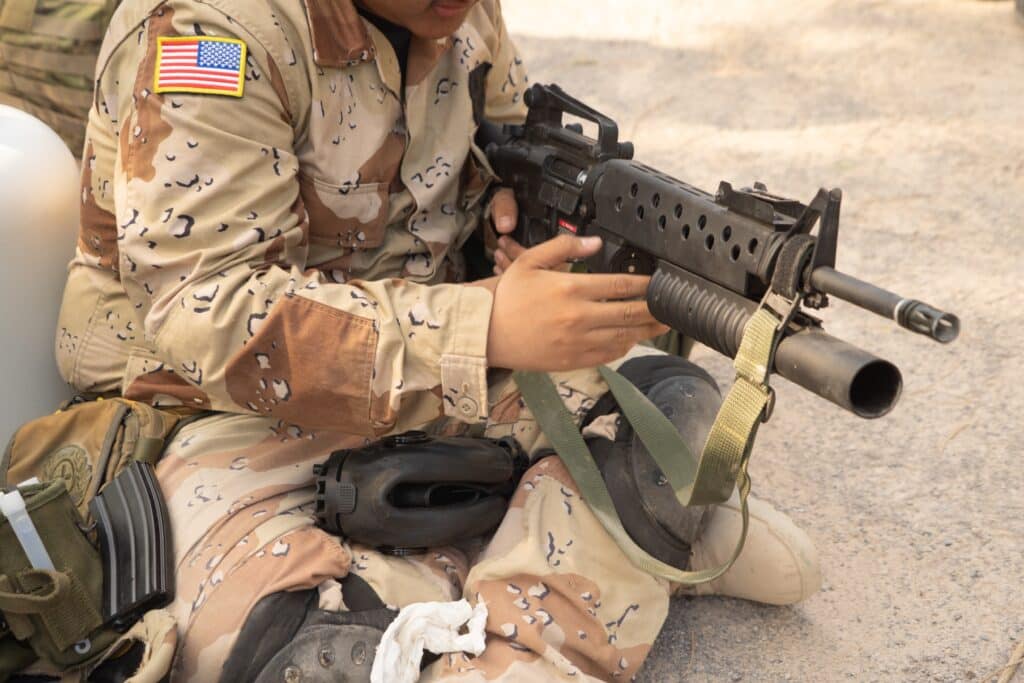
2. Humanitarian Aid
Disaster relief is one of the U.S. military’s most visible expressions of service beyond the battlefield. In times of crisis, we are often among the first in the world to respond. We expeditiously mobilize personnel, allocate resources, and offer our expertise to stabilize chaos and deliver hope. Think hurricane relief, earthquake recovery, and wildfire support.
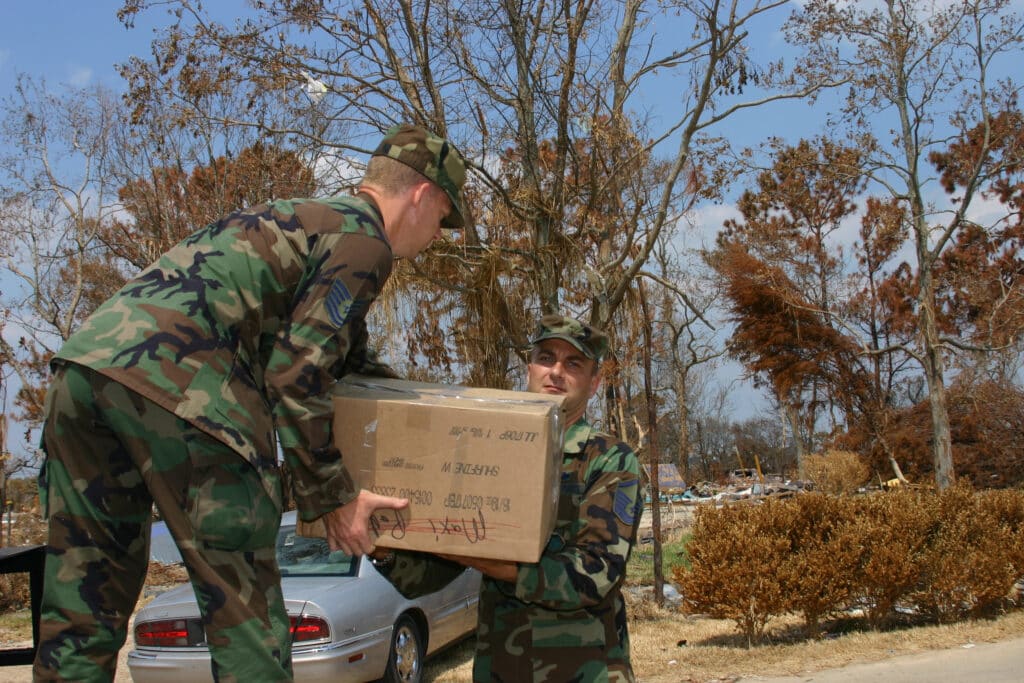
3. Equipment Maintenance & Modernization
Peacetime is prime time—not for idling, but for sharpening the spear. It’s during this quieter season that our military units turn inward to recalibrate. Specifically, our equipment undergoes rigorous inspections, updates, and enhancements.
Furthermore, the frontier of innovation marches forward. Peacetime allows for deeper testing of cutting-edge technologies. These advancements aren’t just theoretical—they’re battle-tested in simulated environments that mirror real-world unpredictability.
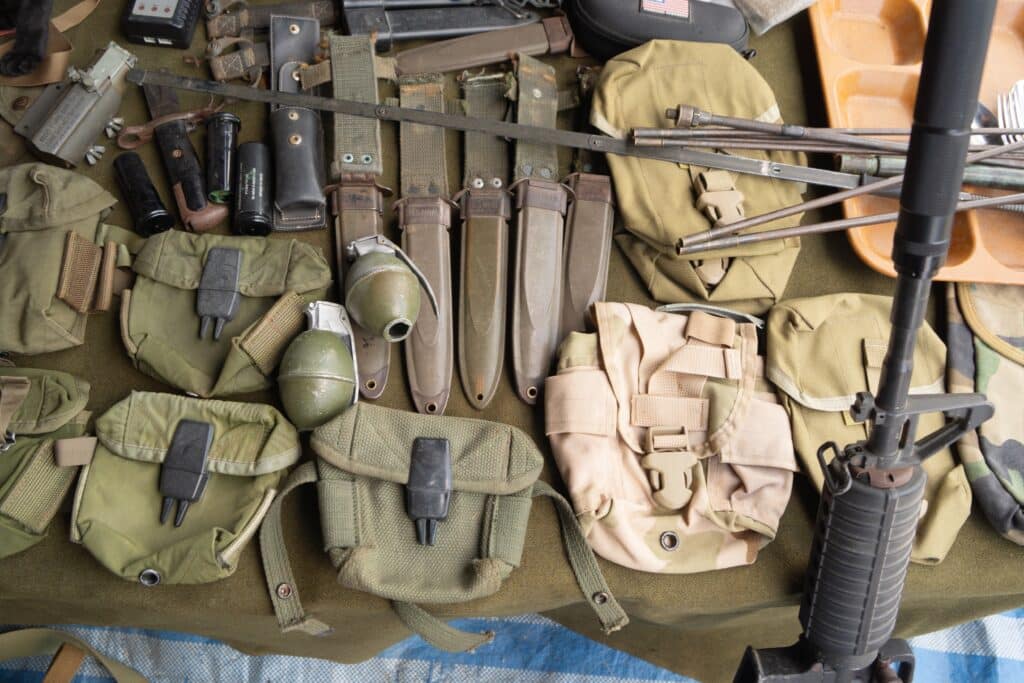
4. International Cooperation
The U.S. military works in tandem with allied nations around the world and regularly participates in joint training exercises overseas. This promotes military diplomacy and helps to build global trust and deter future conflicts. Additionally, deployed Service Members often participate in peacekeeping operations abroad, fostering stability in regions impacted by conflict through advisory missions and partnership-building with allied nations.
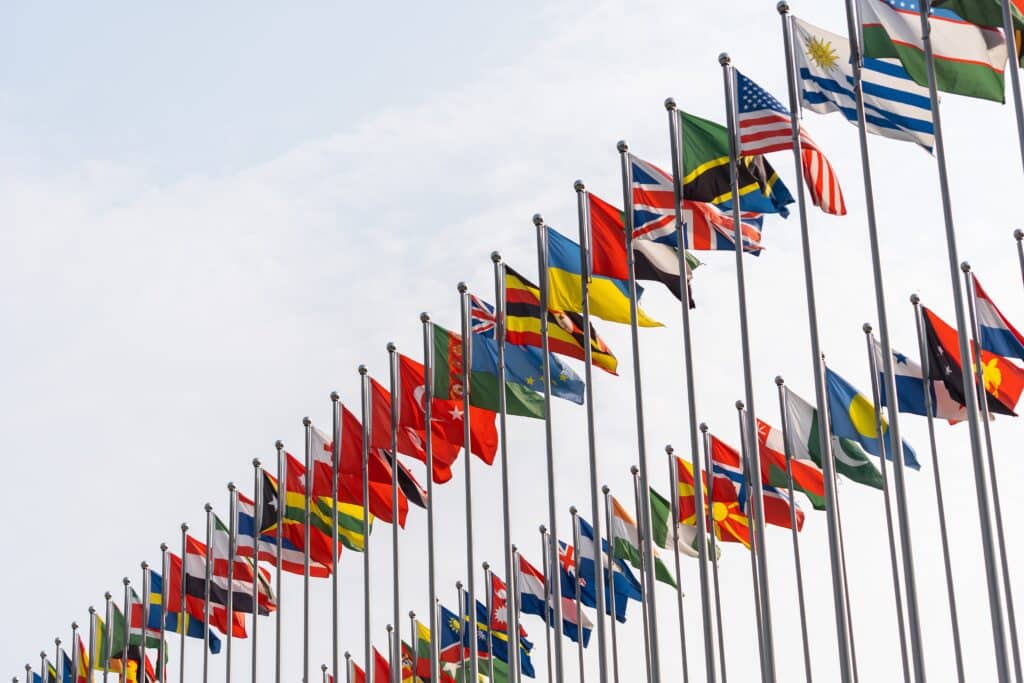
5. National Defense & Support to Civil Authorities
Of course, the role of U.S. Service Members extends far beyond foreign deployments. They are a crucial line of defense right here at home. They protect our borders, secure our infrastructure, and respond swiftly when communities face crisis. Additionally, under the direction of state or federal agencies, our brave men and women in uniform are often called upon to assist with border enforcement, support cybersecurity operations, and contribute to counterterrorism efforts.

6. Standing Post
Another responsibility our troops are tasked with is standing post, also known as standing watch. They guard equipment, perform embassy duties, post at monuments, serve as sentinels at entry points on military installations, and patrol far-off outposts. It can be a lonely time, standing solo in the quiet hours of night. It can also be a brutal experience walking a post in the scorching sun or torrential rain during daylight hours. It’s a reminder that the job of a Service Member is to remain alert and steadfast, ever mindful of protecting military assets and personnel.
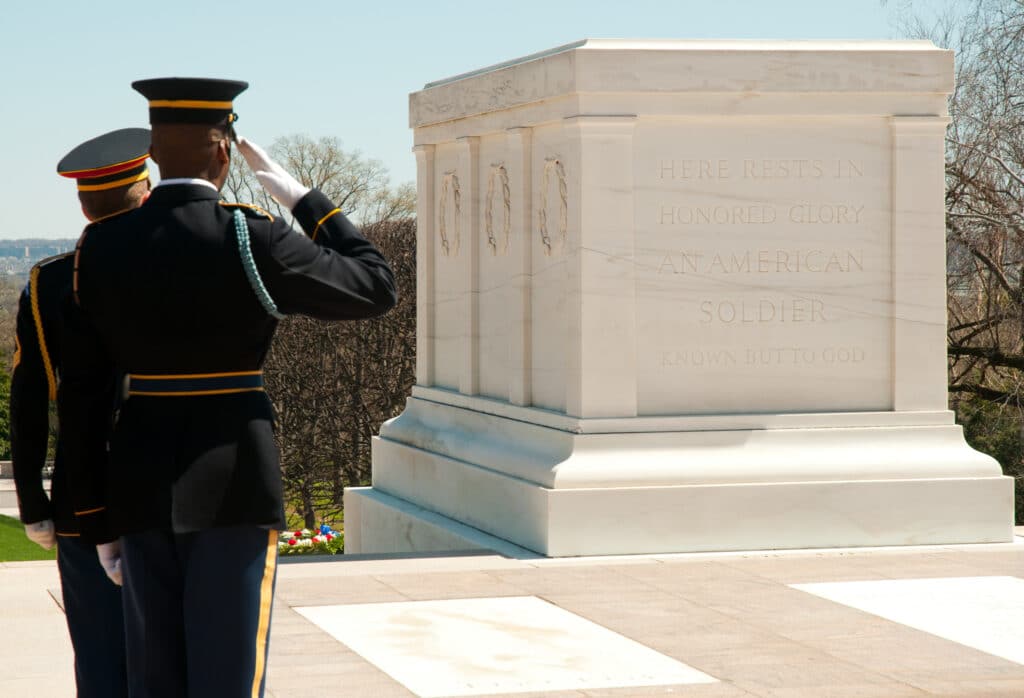
at the Tomb of the Unknown Soldier
Note: it’s important to remember that Service Members in peacetime are often engaged in multiple areas of responsibility in a given day. For example, they may train in the morning, perform maintenance on equipment all day, and then stand watch at night. While they may get some downtime for a little rest and relaxation from time to time, they are always on call and must remain vigilant at all times.
Soldiers’ Angels: Supporting Deployed Service Members
Now that we’ve talked about what Service Members do in peacetime, let’s talk about those deployed to high-risk regions. Soldiers’ Angels remains committed to supporting them with letters and cards, care packages, and comfort items to remind them they are not forgotten.
To ensure that our resources reach those who need them most, we have specific criteria for those we support on deployment.
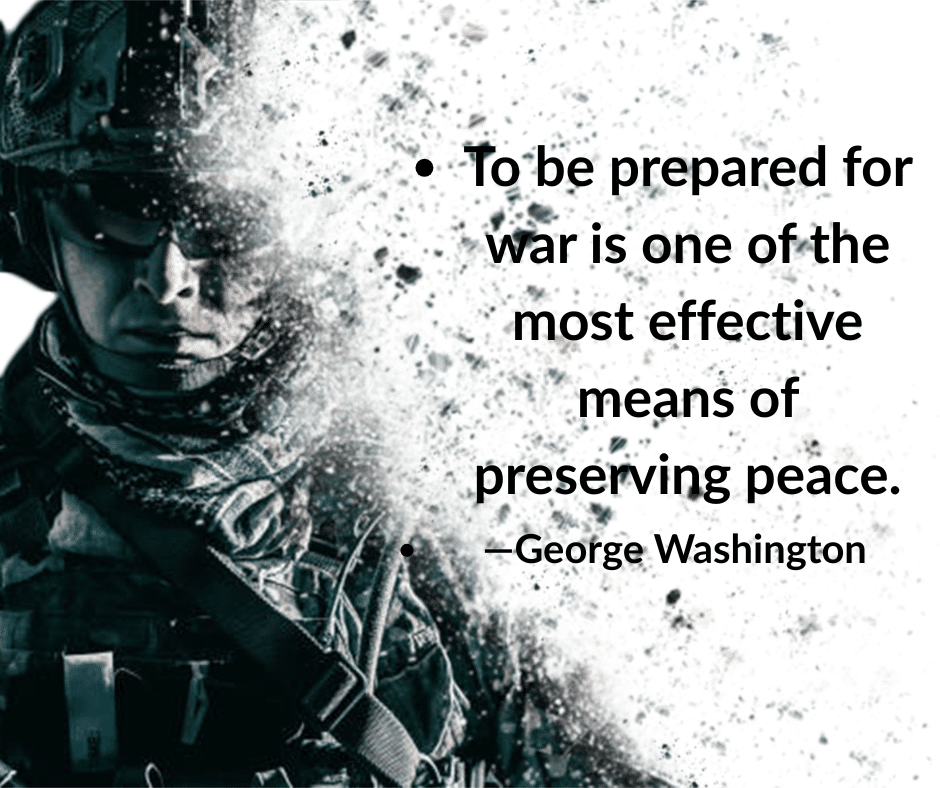
We limit assistance to those serving in officially designated combat zones or participating in humanitarian missions.
This targeted approach ensures that care packages and morale-boosting supplies go directly to those experiencing the challenges of deployment in dangerous environments.
From snacks and hygiene products to letters of encouragement, we not only provide physical comfort items, but we also offer an emotional connection to home.
This can be a lifeline for those navigating the hardships of deployment who are often serving away from populated areas without access to basic necessities.
How You Can Help
War may make headlines, but our Service Members are still serving around the globe during a time of relative peace. Our troops remain steadfast, always at the ready to defend the United States and our global interests. Let us remember them always and express our gratitude whenever possible.
Want to support our Service Members?
✅Adopt-a-Service Member—here’s how.
✅ Donate to Soldiers’ Angels to help provide care packages to deployed Service Members
✅ Volunteer your time to write letters, send cards, and provide other items
Join us in making a difference for those still answering the call, no matter where their mission takes them or what their service looks like.
